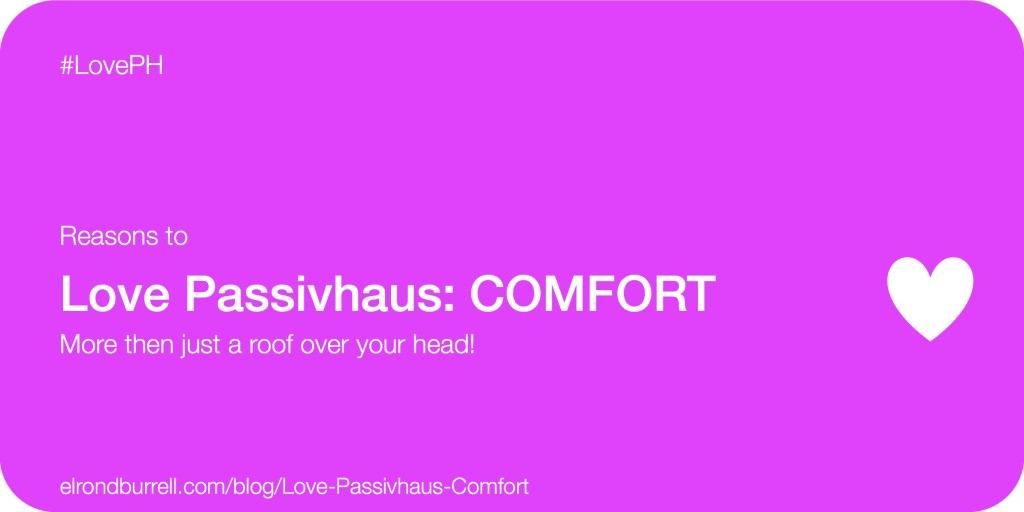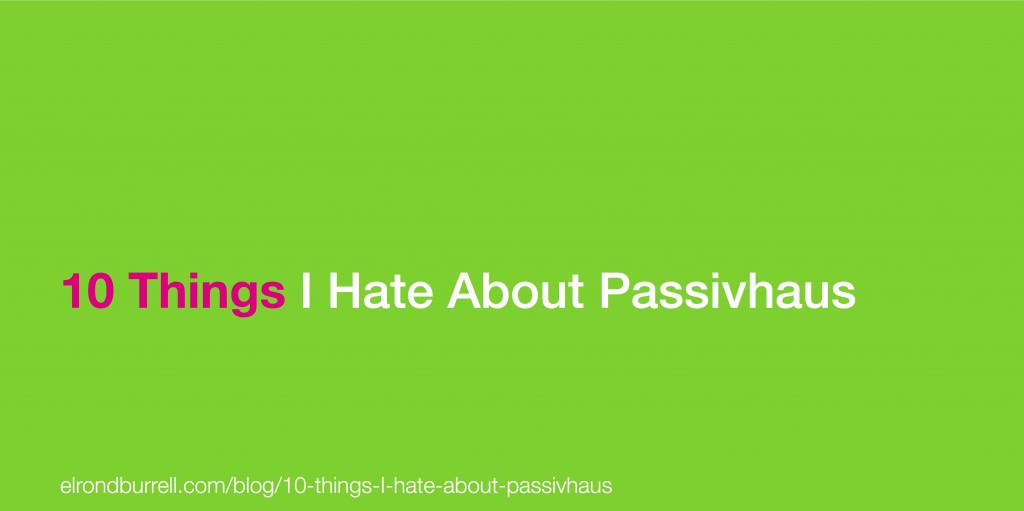This is a Passivhaus Basics blog post that gives an overview of a specific aspect of the Passivhaus Standard.
The international Passivhaus Standard does not explicitly require mechanical ventilation. And yet almost every certified Passivhaus building includes a mechanical ventilation system with heat recovery.
What is mechanical ventilation with heat recovery (MVHR) and why is it needed in Passivhaus buildings?
Mechanical ventilation is familiar to most people. This leads to the assumption that a Passivhaus ventilation system is the same as other mechanical ventilation systems. It is not.
There are things that MVHR does not do. It is important to know what these are in order to understand the difference between Passivhaus MVHR and other types of ventilation.
And there are things that Passivhaus MVHR does do that other ventilation systems don’t, including ‘natural ventilation’. It is important to know what MVHR does do, as MVHR is vital to the consistent success of the passivhaus standard.
Mechanical ventilation with heat recovery (MVHR) is key to delivering the benefits the Passivhaus Standard promises – radical energy efficiency and exceptional comfort.




